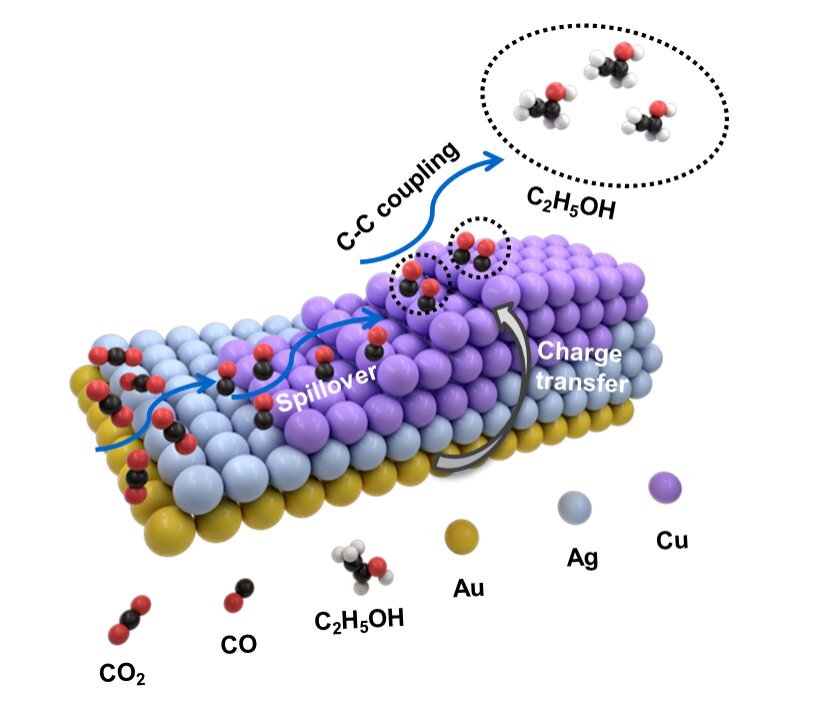The AARL Process

The AARL (Anglo American Research Laboratories) process is one of the most widely used methods for stripping gold and silver from carbon. This process involves the use of a hot caustic and cyanide solution to elute the precious metals from the carbon. The process typically involves several steps, which include the following:
- Acid Washing: The carbon is first subjected to an acid wash, which removes surface contaminants and prepares the carbon for the stripping process.
- Elution: The acid-washed carbon is then eluted with a hot caustic and cyanide solution that dissolves the gold and silver from the carbon. The eluant is collected and sent to the treatment plant for further processing.
- Regeneration: The carbon is then regenerated by heating it in a kiln to remove any residual gold and silver. The regenerated carbon is then reused in the gold processing plant.
The ZADRA Process
The ZADRA process is another common method used for stripping gold and silver from carbon. This process involves the use of a hot caustic and cyanide solution to elute the precious metals from the carbon. The main difference between the ZADRA and AARL processes is the way the elution is carried out. In the ZADRA process, the carbon is first loaded with gold and silver, and then immersed in the hot eluant. The gold and silver are stripped from the carbon, and the eluant is collected and sent to the treatment plant for further processing.
Parameters that Affect Carbon Stripping Efficiency
The efficiency of carbon stripping depends on several parameters, including temperature and ionic strength. Temperature is the primary rate-enhancing parameter for carbon stripping, as it increases the rate of elution by enhancing the mass transfer between the carbon and the eluent. The ideal temperature for carbon stripping is typically around 140-150°C.
Ionic strength is also an important parameter for carbon stripping, as it controls the activity of the cyanide and affects the rate of elution. In general, higher ionic strength solutions are more efficient for carbon stripping, as they increase the rate of mass transfer between the carbon and the eluent.
In conclusion, carbon stripping is a crucial process in gold processing that allows mining companies to recover precious metals from their tailings and increase their bottom line. The AARL and ZADRA processes are the two main methods used for carbon stripping, and both involve the use of a hot caustic and cyanide solution to elute the precious metals from the carbon. The efficiency of carbon stripping depends on several parameters, including temperature and ionic strength, which control the rate of elution and the mass transfer between the carbon and the eluent. By optimizing these parameters, mining companies can maximize their recovery of precious metals and improve their overall profitability.